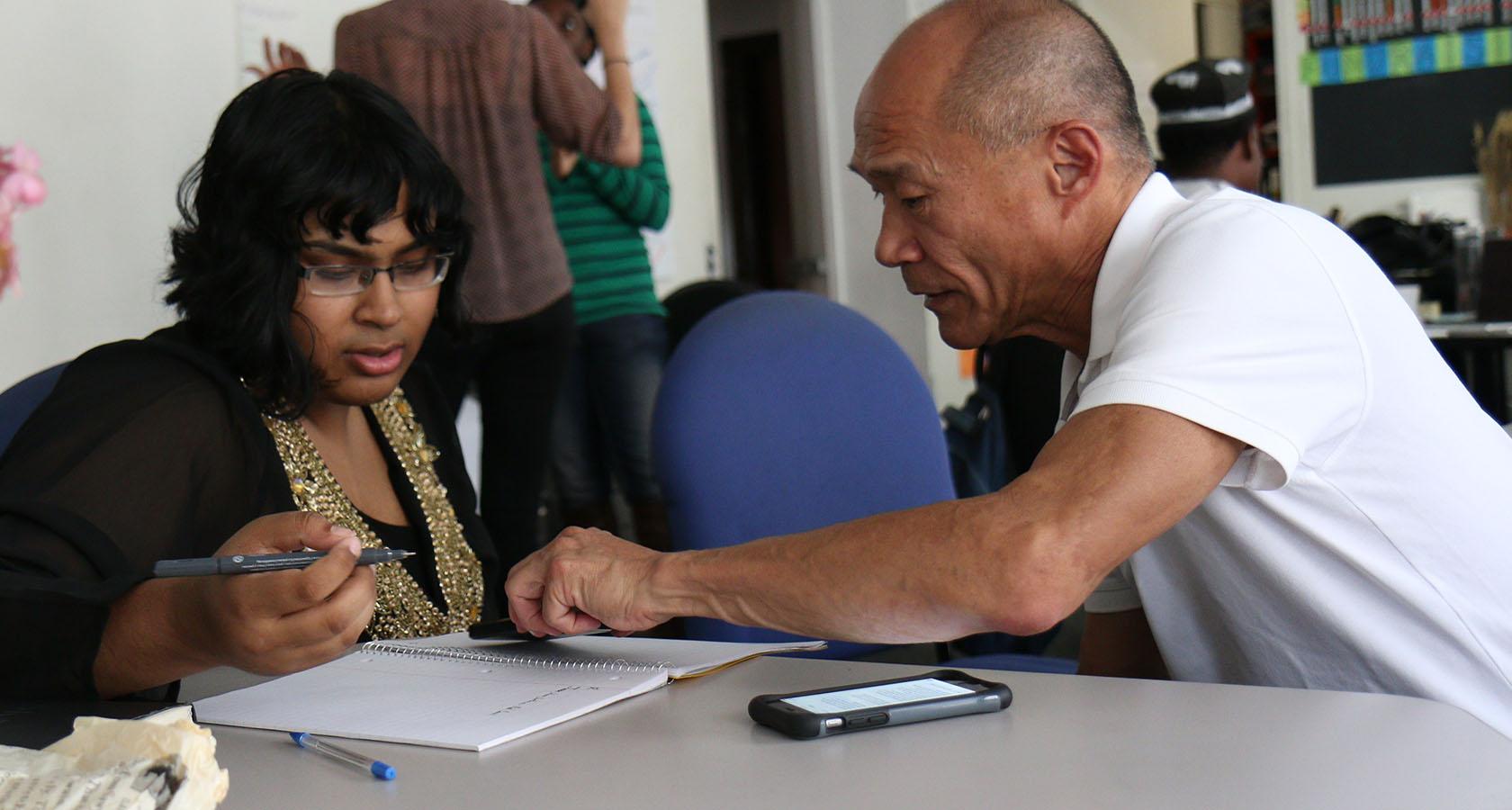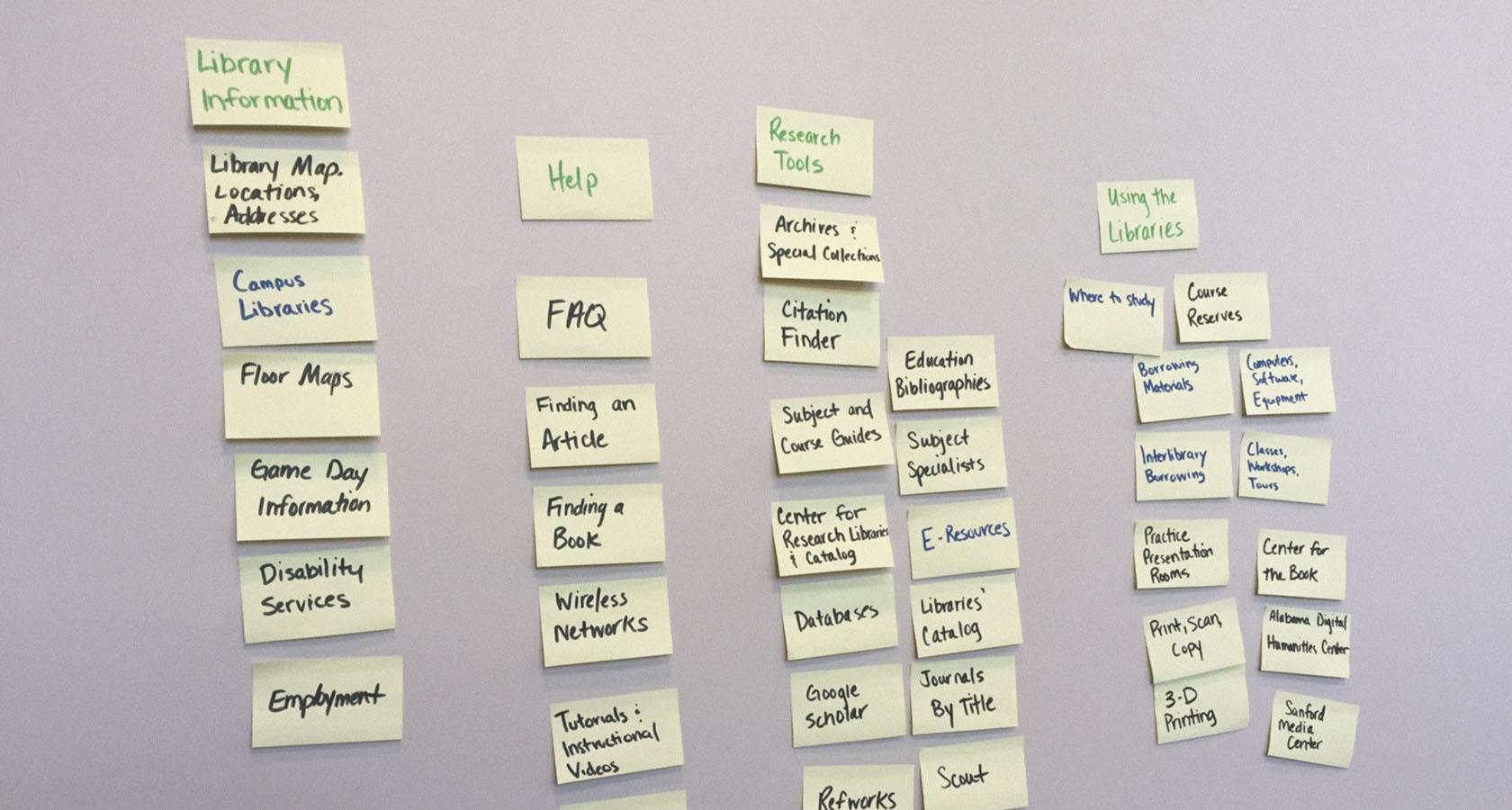UX Research Methods and the Path to User Empathy
How can designers move beyond personal insights to understand the problems users face? We introduce time-tested UX research methods that inspire user empathy and lead to better user experiences.
How can designers move beyond personal insights to understand the problems users face? We introduce time-tested UX research methods that inspire user empathy and lead to better user experiences.
Micah helps businesses craft meaningful engagement through branding, illustration, and design.
Expertise
In 1941, a baby boy named Ken was born in Oakland, CA. Ken’s dad, Candido, was an Italian immigrant and inventor who, along with his brothers, supplied the United States with lightweight airplane propellers during the First World War.
Unfortunately, baby Ken suffered from juvenile rheumatoid arthritis, a potentially fatal condition that can cause severe deformities. Doctors recommended hydrotherapy, but at the time, the only option was soaking in large tanks located in spas or hospitals.
Moved to ease his son’s suffering, Candido drew on his background in design and engineering to create a submersible pump capable of turning a home bathtub into a hydrotherapy tank. Lo and behold, it worked.
In fact, it worked so well that the family business shifted gears and began selling a portable version of the pump to health clubs and schools. A few years later, a self-contained pump/tub combo was marketed to homeowners under the family name—the Jacuzzi whirlpool bath.
And, Ken? Thanks to ongoing treatment in Jacuzzi tubs, his pain became manageable, and he spent the next 75 years of his life serving as a prominent advocate for people with disabilities.

Why Does User Empathy Matter in UX Design?
Candido Jacuzzi didn’t sit down one day to solve a theoretical design problem for a vague and faceless target customer. He observed his son’s struggle firsthand—heard his cries, saw his labored movements, and intimately understood the obstacles of his illness.
For today’s UX designers, there’s a lesson to be learned: The goal of our work is greater than gaining profitable advantages. Yes, profitability is important, but UX designers should strive for more by seeking to see problems through the eyes of the people they’re designing for.
To do this well, to move beyond rhetorical aspirations and deliver life-improving design solutions, requires a disciplined approach to UX research. In this article, we’ll introduce time-tested UX research methods that inspire user empathy and ultimately lead to better user experiences.
UX Research Types: A Bird’s-Eye View
Before diving in, we need to step way back and take a broad look at the different types of UX research. Doing so will provide context to the more specific methods examined later.
A word of caution: Without knowing how to classify the UX research you’re performing, you’re likely to misinterpret findings and arrive at design solutions that hinder users rather than help them.
Primary vs. Secondary Research
-
Primary research is original research that is completed by you or your design team. The tasks performed and insights gained during primary research relate back to the design problem you are attempting to solve.
Primary research typically takes place after secondary research has helped shed light on why the problem exists and what’s been done to address it in the past.
-
Secondary research is any research that was done by someone else, and it’s a great way for designers to familiarize themselves with the history of different design problems.
That said, the areas explored during secondary research needn’t relate directly to the design problem. Sometimes, seemingly unconnected topics can bring clarity and innovation.

Quantitative vs. Qualitative Research
-
Quantitative research produces results with numerical values and answers questions like “How much, how often, and how many?”
The variables measured by quantitative research may be quite granular, and the findings can be powerfully illustrated with statistics and data visualizations. However, it’s important to understand that for all its numerical precision, quantitative research can’t explain why something is happening.

- Qualitative research (a.k.a. empirical research) yields insights that aren’t numerical and instead come in the form of people’s comments, preferences, observations, and feelings. This type of research is valuable because human behavior is rarely based on patterns of pure logic and reason.
Generative vs. Evaluative Research
-
Generative research is conducted during the beginning of the investigative process. It helps UX researchers clearly define a problem and generate a hypothesis for its solution.
Generative research includes both primary and secondary research, and it can be quantitative and qualitative.
The generative design process works much like a funnel: It’s broad in the beginning, using secondary research to understand a wide range of information.
Then, as the problem becomes clearer and the research objectives are established, the focus becomes narrower, using more primary research tools that are both quantitative and qualitative in nature.
-
Evaluative research is executed near the end of the research process, and it’s used to test and refine ideas until the best solution is reached. For digital products, evaluative research is a vital part of the development cycle, and it should be introduced during the early phases of the design process (i.e., concept sketching and prototyping).
UX Research Methods That Lead to User Empathy
Now that we understand the different types of research, we’re ready to inspect five UX research methods and show how they inspire empathetic insights into the lives of users.
Here, it’s important to restate that the aim of these methods is seeing problems through the eyes of users in order to deliver life-improving design solutions.
If this is lost and research becomes little more than a perfunctory checklist, valuable (and potentially profitable) insights will be overlooked.
1. User Interviews
What are they?
- In user interviews, a UX researcher questions people that use a product and records their answers. The nature of the questions depends on the intent of the research, but the main goal is to extract user insights that can be used for product ideation and improvement.
How do they lead to user empathy?
- UX designers may be tempted to draw design conclusions from personal insights and experiences. User interviews are an affordable resource that helps designers avoid this tendency and maintain an important mindset: “I’m designing for the user. The user is not me.”

2. Ethnography
What is it?
- Want to know how users behave in their natural environment? Watch them. Ethnography is the firsthand observation of users as they interact with things in the world around them, and it’s an effective way for UX researchers to learn if a product is actually useful or hindered by design flaws.
How does it lead to user empathy?
- Testing a product in a controlled environment has its place, but the real world presents all manner of unforeseeable obstacles. Ethnography allows UX researchers to witness how everyday hurdles impact a product’s user experience. Then, researchers can pass their findings along to be included in the design problem-solving process.
3. User Surveys
What are they?
-
A survey is a set of questions that evaluate users’ preferences, opinions, and attitudes about a product. Surveys are given to a sample audience that is representative of a larger population, and two types of questions are asked: closed and open.
Closed questions provide users with a fixed set of responses (i.e., yes/no, multiple choice, numerical scale, etc.), whereas open questions allow users to answer however they’d like.

How do they lead to user empathy?
- Surveys are a great way to get unfiltered feedback from users. By examining survey responses, UX designers can learn who users are, the problems they face, and what they honestly think about a product.
4. Contextual Inquiry
What is it?
- A contextual inquiry is a hybrid UX research method where users are interviewed and observed while performing a task in its natural setting. However, it is the user (not the researcher) who takes on the role of expert and does most of the talking, explaining the steps of a process as it occurs.
How does it lead to user empathy?
- When people interact with something a lot, they develop an intimate knowledge of its strengths and weaknesses. Contextual inquiry helps researchers adopt a learning posture and allow users to explain how products are actually used day-to-day, workarounds and shortcomings included.
5. Card Sorting
What is it?
-
Card sorting is a relatively simple technique that provides insight into how users structure data in their minds.
In an open card sort, people are given a deck of randomly shuffled cards and asked to organize them in whatever way they deem sensible. Once the cards are sorted, they are then asked to explain the reasoning behind their arrangement.
During a closed card sort, participants are asked to place cards from a deck into pre-existing groups, and their word associations are documented by researchers.

How does this UX research method lead to user empathy?
-
People with extensive product knowledge (e.g., designers, marketers, executives) tend to organize product information in ways that flow logically from their own in-depth understanding.
However, users are not privy to this insider knowledge and are likely to search for word associations that they can make sense of. Card sorting identifies what these associations are and reveals UX patterns that emerge from them.
Plan Before Embarking on Research Projects
Though we’ve primarily focused on the link between UX research methods and user empathy, we owe a word of acknowledgment to an overlooked aspect of the research process—planning.
In one respect, research is no different than any other design discipline: To do it well requires planning.
With planning, the goals and methodology of a UX research project are made crystal clear, and project stakeholders become much more likely to support any time and resources that are requested.
Without planning, UX research will lack focus and may intimidate or frustrate stakeholders, which can lead to unnecessary pushback and second-guessing.
Thankfully, research plans don’t need to be long. Aim for one page, and limit yourself to brief summaries of essential details like:
- Project Title
- Author Information
- Stakeholder Information
- Timeline
- Project Overview
- Research Objectives
- Research Methods
- Important Research Questions
- Target User Profile
- Relevant Supporting Data
If needed, you can expand this format, but a one-page plan is a useful tool that will help keep stakeholders on the same page as research progresses.

Commit to UX Research
UX design problems are complicated. Why? Because they involve the unpredictable phenomenon of human behavior. As designers, we’re always in search of order, always seeking simplicity. When it comes to digital products, order and simplicity are virtues, but they aren’t a starting point. If we think we can fully anticipate the needs of users based on past design solutions, we will miss opportunities to create products and experiences that truly delight.
The only way to avoid this is a commitment to research. Without research, or with a shallow commitment to research, designers are essentially saying to users, “We know what’s best for you. Keep quiet, and take what you’re given.”

While it seems obvious that no one wants to be treated this way, obstacles to UX research are abundant. Whether it be budgets, dubious stakeholders, or bull-headed designers, empathy-centric research often gets marginalized. The fallout almost always has a negative impact on users, and ultimately, a product’s profitability.
With this in mind, let us remain vigilant in our quest to see and synthesize problems through eyes that are not our own. We won’t create perfect products, but we will make progress and our designs will begin to improve the lives of the people we’re entrusted to help.
Further Reading on the Toptal Blog:
Understanding the basics
What is UX research?
UX research is an investigation into the problems, needs, and experiences of users (people). A range of research types and methods exist, but the main goal is uncovering insights that can be passed along to UX designers and used to create more helpful/delightful user experiences.
What is user empathy?
User empathy is about seeing problems and experiences through the eyes of users. For UX researchers and designers, this means going beyond personal experiences. User empathy is important because UX designers must make decisions that are representative of and beneficial to the people they’re designing for.
What is key in user research?
The key to user research is an open, investigative mind that is free (as much as possible) of preconceived notions. If researchers and designers conduct (or interpret) research with the goal of supporting existing conclusions, they miss the opportunity to glean powerful empathetic insights.
What is empathy in design thinking?
Design thinking is a process of iteration and problem solving that helps designers better relate to users. The very first step in design thinking is to empathize. This means that researchers and designers must seek to study and understand user problems firsthand, in the environments in which they occur.
What is an empathy map?
An empathy map is a tool for visualizing and documenting what is known about a certain type of user. Empathy maps come in a variety of formats, but the standard format places the user information in the center of four quadrants: Says, Does, Thinks, Feels.
Micah Bowers
Vancouver, WA, United States
Member since January 3, 2016
About the author
Micah helps businesses craft meaningful engagement through branding, illustration, and design.

